It's hard to overstate a love for pie. In United States grocery stores alone, the number of pies sold in one year would circle the globe once and then some when lined up one after another. This amounts to about 186 million pies sold each year!
And while the debate between whose pie is better might continue, your baking experience will only improve with knowing how to choose the right pie pans for your pies.
Today, we're taking a look at how to stock your kitchen for delicious pies affordably. We've got you covered in your search for the correct type of pan. From measuring pie tins to choosing between pie pan materials.
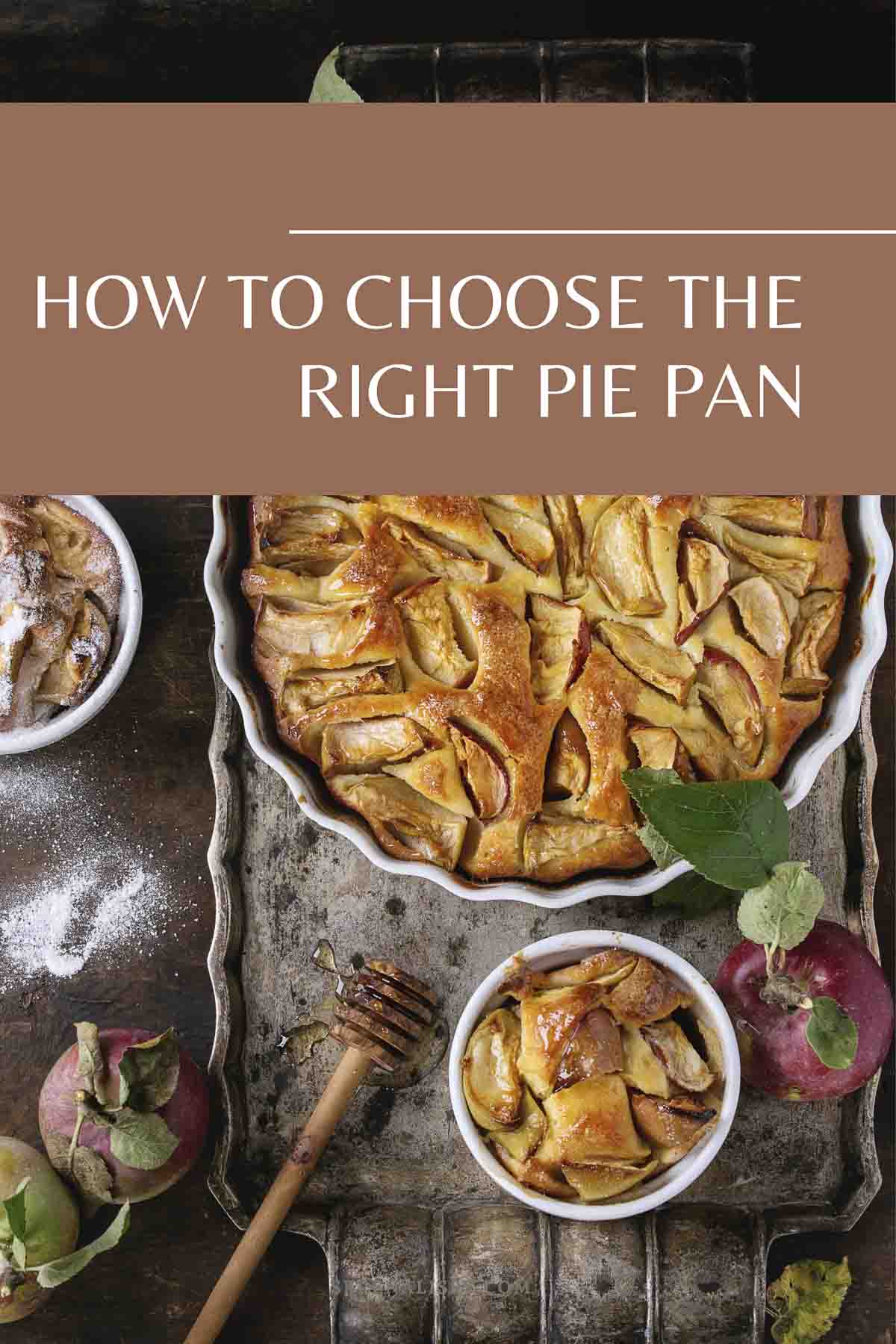
Measuring Pie Pans
There isn't any size of a pie that's a bad one! When it comes to making a standard 9-inch pie, you might be surprised to find some pie pans incorrectly labeled. Many pie pans marked for 9-inch pans measure about 8 ¾ inches in diameter, and some even a bit larger. Making your attempts to choose the right pie pan even more difficult.
If you're trying to stay exact and true to the recipe, you'll need to measure the inner diameter of your pie tin yourself for an exact 9-inch fit. The depth of your pan should also be between 1 ¼ and 1 ½ inch, and the pan should fit about 4.5 cups of water.
These measurements estimate a standard 9-inch pan for most recipes and help you avoid a deep-dish pie pan or other more artistic choices.
Ceramic Pie Dishes
Ceramic pans are a classic for those of us who love a traditional or fancy pie served right out of the tin. They are also hardy and knife-friendly, as well as freezer and storage-friendly too.
While ceramic is a great and even conductor of heat, it is not see-through like glass and can be hard to use for new recipes.
Try a glass pan for particularly finicky recipes with exact timing. Then, when you're feeling a bit more confident in your new endeavor, try a ceramic pan for a more rustic and gorgeous pie right out of the oven.
Another danger with ceramic pans is the risk of underbaking and grease in your perfect pie crust. You want to avoid soggy bottoms. Since ceramic pans heat up more slowly, you'll have to bake these pies for longer or risk raw ingredients. You might want to use less butter-heavy recipes to avoid your butter sitting and collecting at the bottom of a ceramic pan.
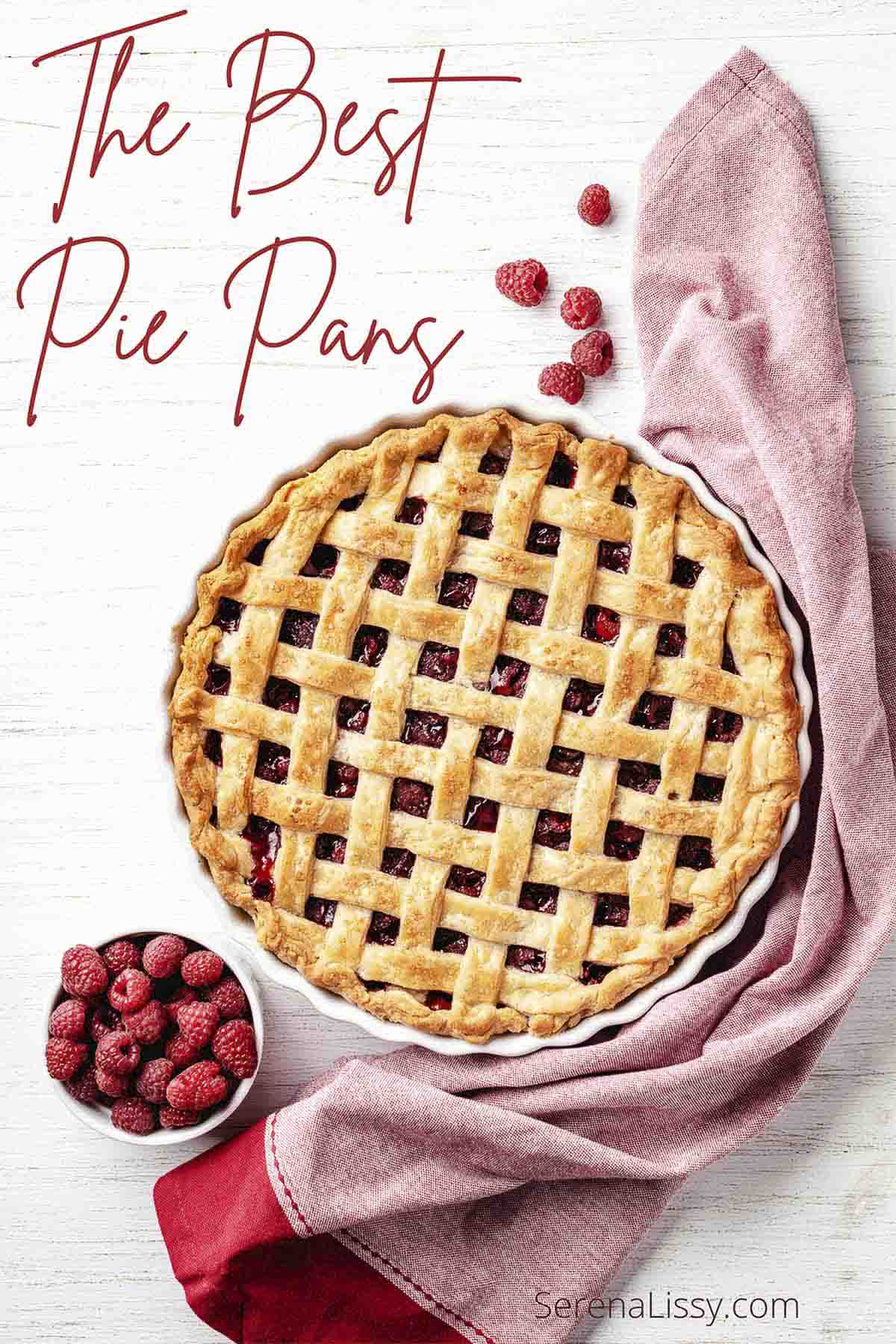
Glass Pie Pans
The classic glass pie plate is a great in-the-middle choice for baking pies! Glass pans offer thorough bakes by conducting heat evenly throughout your dough. Heat is delivered to your pie dough through conduction and radiant heat, as heat can travel through the glass to your baked goods. Being a great heat conductor makes this choice great for most pies.
Tempered glass is affordable, sturdy, and nonreactive. And since the glass will conduct heat more quickly than ceramic or stone, your butter will melt more rapidly and create flaky layers without drowning out your dough.
Glass pans are also transparent and excellent for new bakers or new recipes. Don't be afraid to take a peek through your pie's walls or even pull it out for a check on your bake. No missing golden crust timing with this one!
Metal Pie Dishes
Metal pie plates will create the most crispy edges for your pies. An aluminum pie pan conducts heat the best and most quickly and will be your go-to for most pies and new recipes.
Look for light metal or aluminum pans that transfer heat most quickly for crisper crusts. Most metal pie pans, called tins, are made from aluminum or are aluminum-coated. These are handy, light, and bake quickly but are not necessarily knife-friendly.
Metal pans are the perfect pie pan for blind baking your pastry crusts and quicker bakes; think pumpkin pie. They heat and also cool quickly. They are also affordable and great options for easy storage and lightweight use.
Now I don't usually recommend disposable aluminum pans, but I will say they are great for when you need to take a pie to an event and have to leave the pan. I certainly don't want to leave my Emile Henry pie dish, but these aluminum ones, I don't think twice about leaving.
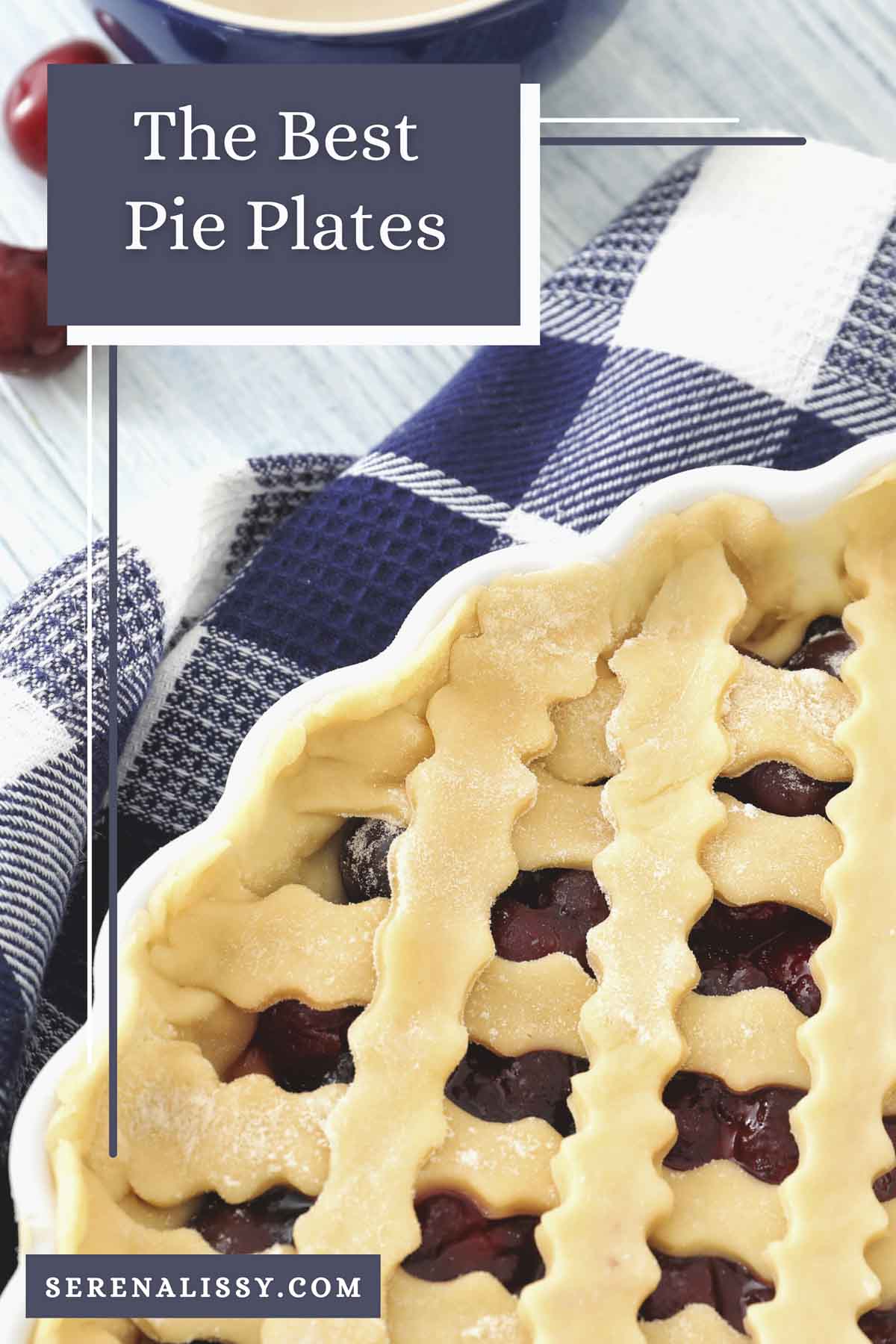
Baking Time for Pies
One unique thing about baking pies and cakes is that it isn't easy to adjust a recipe for a larger or smaller pie or pan. While cookie dough can be doubled or tripled without too much trouble in individual cookie baking, a larger pie or cake can truly suffer from being over or undercooked in the middle.
If you need a substantially larger amount of pie, it's better to invest in additional pie tins instead of a monstrous large one. This can also protect your pie crust to filling ratio for truly large events.
On the other hand, squeezing a large pie into a small tin or vice-versa can mess up your baking time. If you're using a smaller pan, you'll have to bake for longer. You will want to make sure that the thicker middle is fully cooked. Gently tap the center of your pie and extend your cooking time by three minutes if it doesn't bounce back lightly.
For larger tins, your filling may be more spread out and require less cooking time than usual. Trial and error, as well as a lot of prep time, are essential here!
The Must-Have Pie Pan - Our Top Picks
We can't let you go without a specific pie pan recommendation, can we? By far and large, this Pyrex Glass Bakeware Pie Plate is a baker's favorite. It's an accurate 9-inch diameter and 1.2" depth. It's simple, affordable, and highly reviewed by thousands for its consistency, making it the best choice.
Now, if you want to go a bit fancier, I love my Emile Henry 9-inch pie dish. It is the best pie pan for fruit pies. Think apple pie, blueberry pie, peach pies, or pretty much anything with fruit filling and golden crusts. I also love this for savory pies. This pan can go straight from the freezer to the oven. It can also be used with high temperatures under the broiler. Think of that delicious toasted meringue top on your lemon meringue pies.
Finally, while reusability is important for consistency and remaining eco-friendly, pies are also meant to be shared! But waiting and waiting for a nice pie pan to be returned isn't fun, either. So grab a few disposable aluminum pie pans for those parties where you want to share some pie love without worry.
Finding the Proper Pans for Your Pies
I love all things testing, baking, and pie. Previously, we tried out this Peanut Butter Cream Pie recipe from Joy Wilson and loved the decadence of sweet goodness. So give it a go in a classic 9-inch pie pan! Remember size matters when you want to make a great pie.
Ready to learn more about baking more efficiently and accurately? Give our article on Essential Baking Tools Every Baker Needs a read. It will help make your baking journey easy, fun, and delicious.
Looking For More Baking Tips And Recipes?
Subscribe to my free newsletter to get new baking tips in your inbox monthly. Find me sharing new recipes and tips on Pinterest, Instagram, or Facebook.
As an Amazon Associate and member of other affiliate programs, I earn from qualifying purchases. What that means is if you click on one of our affiliate links, they may toss a few pennies our way for a commission.


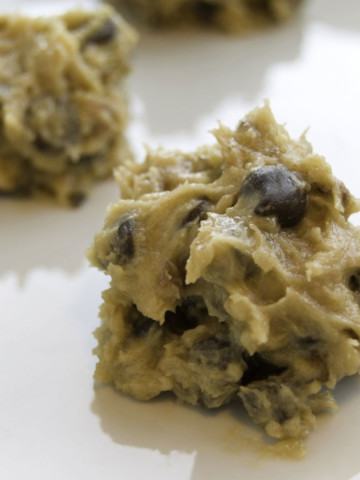
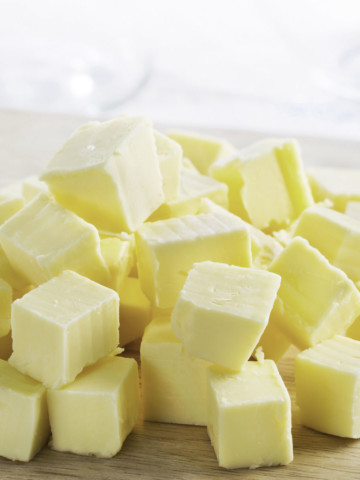
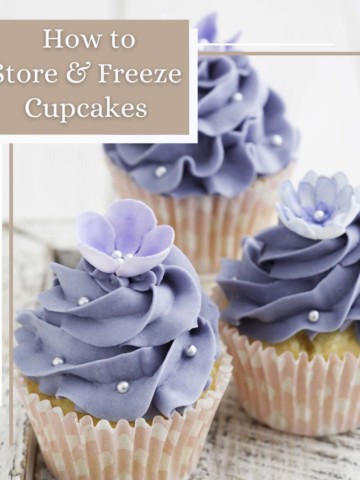
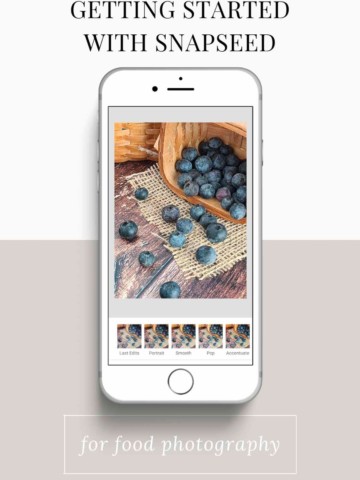
Amber S Battishill says
I'm a fan of ceramic pie pans! I love how durable they are and that you don't have to worry about ruining them when cutting your pies.
Helen Little says
This is such a comprehensive resource for choosing the right pie pan! I admit it can be confusing so I'll be referring to your information again and again!
Mallory says
I am somewhat of a novice in the kitchen so I never know simple things like this. Thank you for the information!
serena says
So glad we can help Mallory!
patricia says
Thanks for this info. It's hard to believe it but I don't own a ceramic pie pan - thanks for the helpful tips. Ceramic pans are always so lovely. I also like that they're "knife-friendly!"
serena says
It took me a long time before I got a ceramic pan, but I love it!
Marta says
Excellent tips! A great set of criteria to select the perfect pie tin.
serena says
Thanks Marta